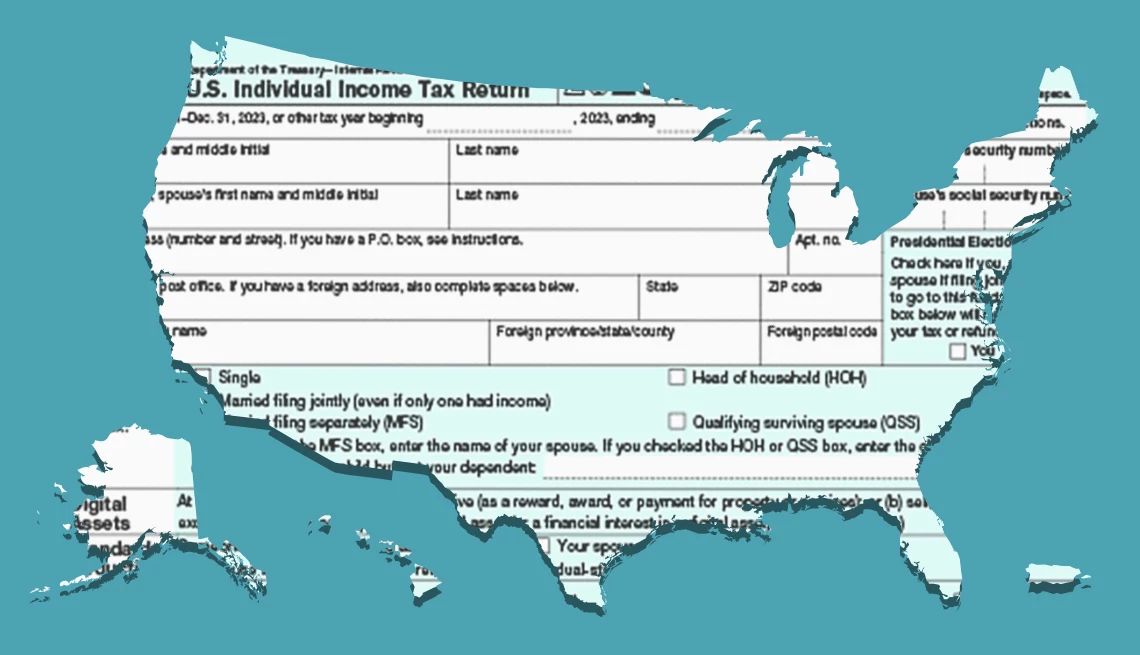AARP Hearing Center


Tax season is in full swing as Americans work to complete their tax filings by April.
Tax policies vary widely among states. AARP’s tax guides provide information on the taxes charged and collected in your state. These guides can help you determine your tax bracket, what you’ll pay in taxes and what tax breaks are available to you.
For example, some states have graduated individual income tax levels with many tax brackets, others have a flat income tax that everyone pays and a handful of states don’t tax individual income at all. Differing sales tax rates are common, but some states don’t level any sales taxes.
Most states do not tax Social Security benefits, but some do. When it comes to estate and inhertiance, taxes also vary widely from state to state. The same goes for tax rates on gas, lottery winnings and alcohol.
Many states do offer tax breaks to older adults. Some provide income or property tax breaks, others give tax breaks to retired military. Some states offer property tax breaks to residents of all ages.
AARP’s state guides outline what the income tax, sales tax and other tax rates are in your state; how income taxes and property taxes are calculated; if income from pensions, retirement accounts or Social Security benefits is taxed; if your state has inheritance or estate tax; if military benefits are taxed; and what tax breaks are available. These guides also include important tax filing deadlines and links to tax resources.



































































More From AARP
2025 IRS Tax Deadlines You Can’t Afford to Miss
Is Tax Day April 15 this year? When are estimated taxes due? Our federal filing calendar has the answers
9 States With No Income Tax
Paychecks and retirement income escape state taxes if you live here
Recommended for You